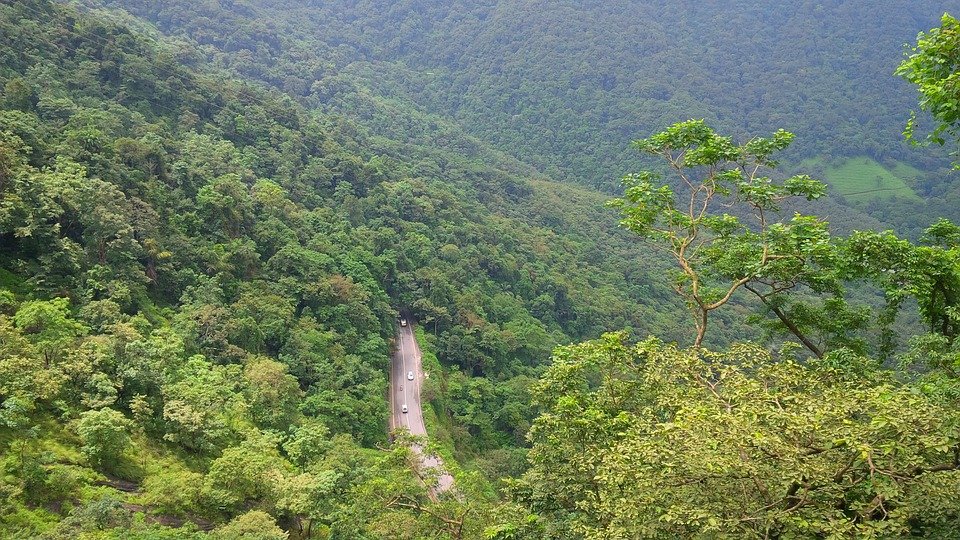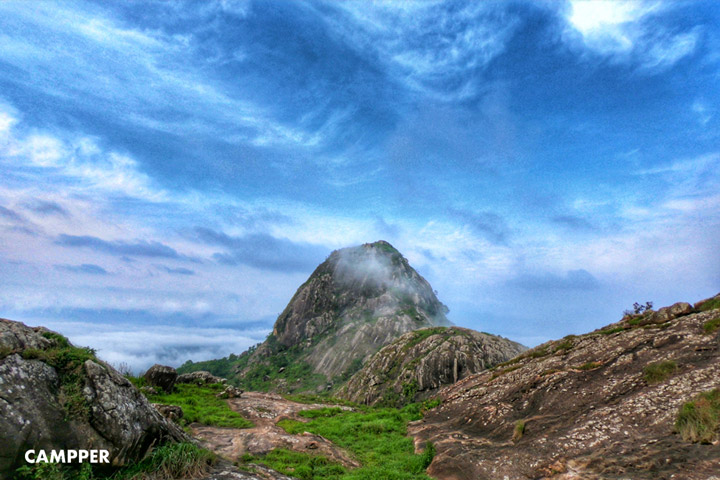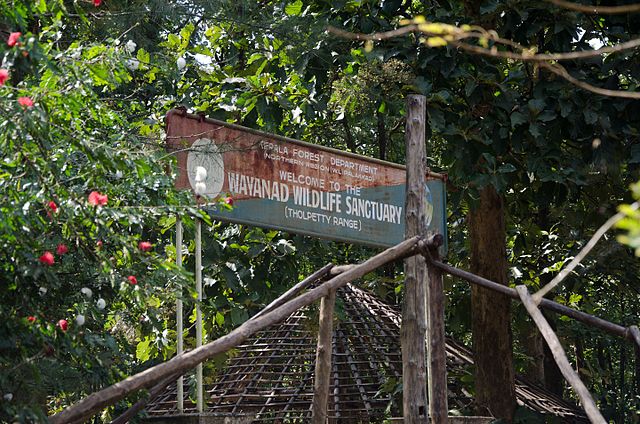Set on the only geographically existing plateau in Kerala, the Wayanad district to the north-eastern region of the state lies on the western ghats on altitudes of 700 to 2100 meters from sea level. The harmonious Wayanad district was officially founded on 1st November 1980 after combining the Taluks of North Wayanad and South Wayanad and is known as the twelfth district of Kerala. It consists of the Sulthanbathery, Vythiri, and Mananthavady taluks. More than 800 square km out of the total 2100 square km of the Wayanad district is covered with forests and is home to many indigenous tribes.
The name ‘Wayanad’, meaning “land of paddy fields”, is derived from the term “Vayal Nadu”. The population relies on agriculture for livelihood and cultivates rice, coffee, tea, vanilla, etc. One of the most intriguing parts about Wayanad is its rich and powerful history. The region is said to have some of the earliest human settlements on the continent, dating back to the 10th Century BC. Remnants of the past are seen in the shapes of cave writings of the Edakkal Caves, amongst others. The land has seeped with traditions through centuries and boasts a cultural heritage, unlike any other place. Wayanad is home to the largest population of indigenous tribals in Kerala. These tribes hail from various tribal sects like the Paniyas, the Adiyas, the Kuttunayakans, the Kurichiyans, and the Uraali Kurumas. In recent times, their holistic herbal medicine is gaining much attention. Also various cultural arts, handicrafts, music, and dance forms.
The Paniya sect, also called Paniyar or Paniyan, makes up most of the tribal population in Wayanad and is the largest scheduled tribe in Kerala, with an approximate population of 94,000. This sect speaks the Paniya language, a Dravidian family language, and is quite similar to Malayalam. Their origin in Wanayad is believed to be through the king of Malabar, who had brought them as agricultural laborers. The Paniya males are mainly farmworkers and hunter-gatherers. Their attire is usually a cloth tied around the waist and another thrown over the upper body, known as mundu. The females wear a small cloth over their chests, a scarf called arati to cover their lower body, usually red or black. The Adiyas, traditionally known as the Ravulyars, are a slave tribal sect like the Paniyas. The husbands act as the head of the family.
A monetary price is given by the groom to the bride’s parents. They are distinguished because of a few features, like the practice of polygamy and not having any measures against sex offenders. The Kuttunakans are some of the earliest inhabitants of the region. And they are recognized for being gatherers of forest produce. Their name means “kings of the jungle” quite aptly. They are called Cholanaickans and India and Pathinaickans in different regions. They have the physicalities of a hill tribe, and their language is a mix of all Dravidian languages. They worship Hindu deities, ancestors, and environmental elements like trees, animals, rocks, and birds. They also firmly believe in sorcery and black magic. The Kurichiyas is known as the Hill or Malai Brahmins. They are a matrilineal tribe. The name ‘Kurichiya’ means “target people” as they identify as being archers. A few unique cultural aspects of the Kurichiyas are: their children only stay with the parents till they are about five or six years old; they move in with their grandmother after they are older. The deceased members of this tribe are buried with an arrow/scythe. The Kurichiyas also worship their ancestors and a few Hindu deities.
The Uraali Kurumas, also known as ‘Bet Kurumas’ are artisan tribes. They are not only skilled in arts and handicrafts but also drums and flute. Moreover, they consider themselves as the descendants of the ancient Kurumbas. The Wayanad Uraali Kurumas speak a language that is a mix of Malayalam and Kannada. The women of the tribe mostly work as potters and mat weavers, etc. They worship ancestral spirits, demons, and deities like ‘Bettu Chikkamma’ and ‘Bamadu’. They believe that when a person dies, they become a God if he/she were good; and the devil if they were immoral. These are only a few tribes out of many others residing in Kerala, each having a vibrant heritage, amusing cultural beliefs, and customs.




